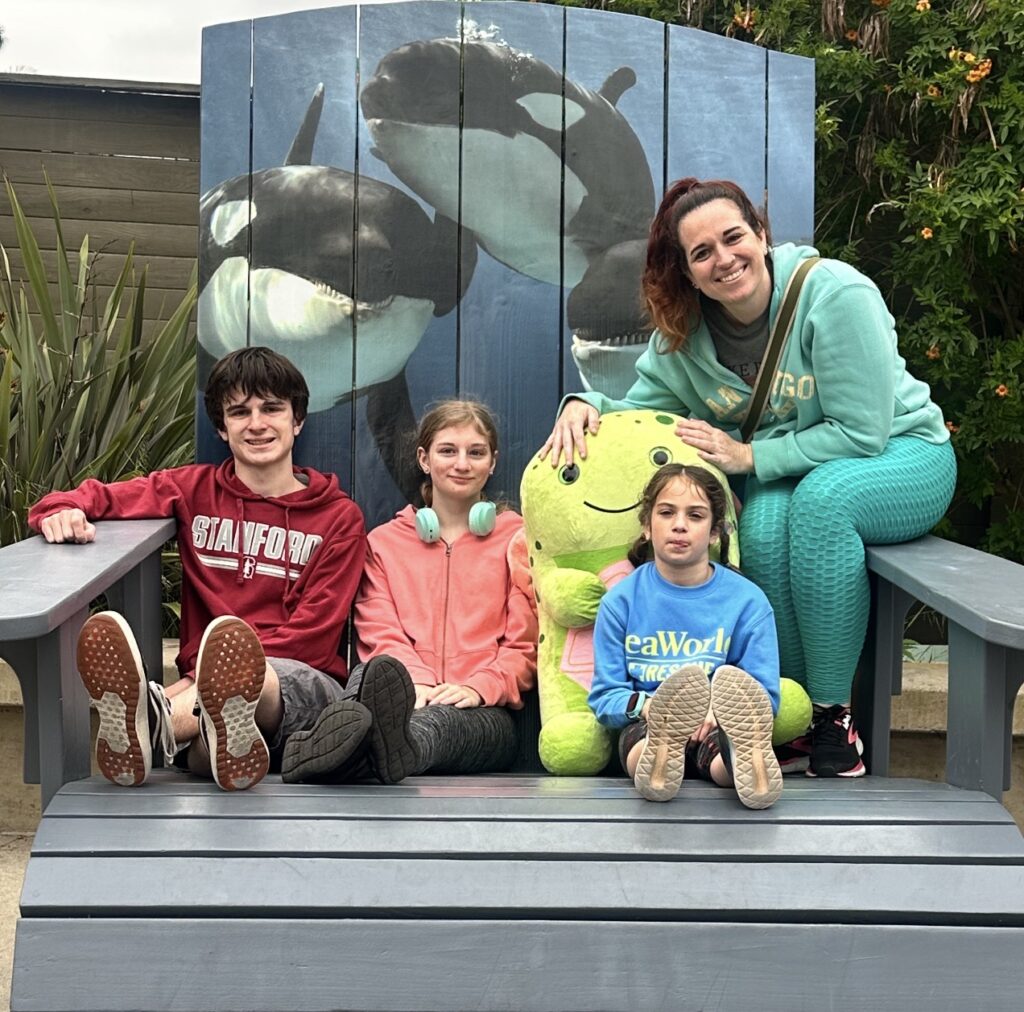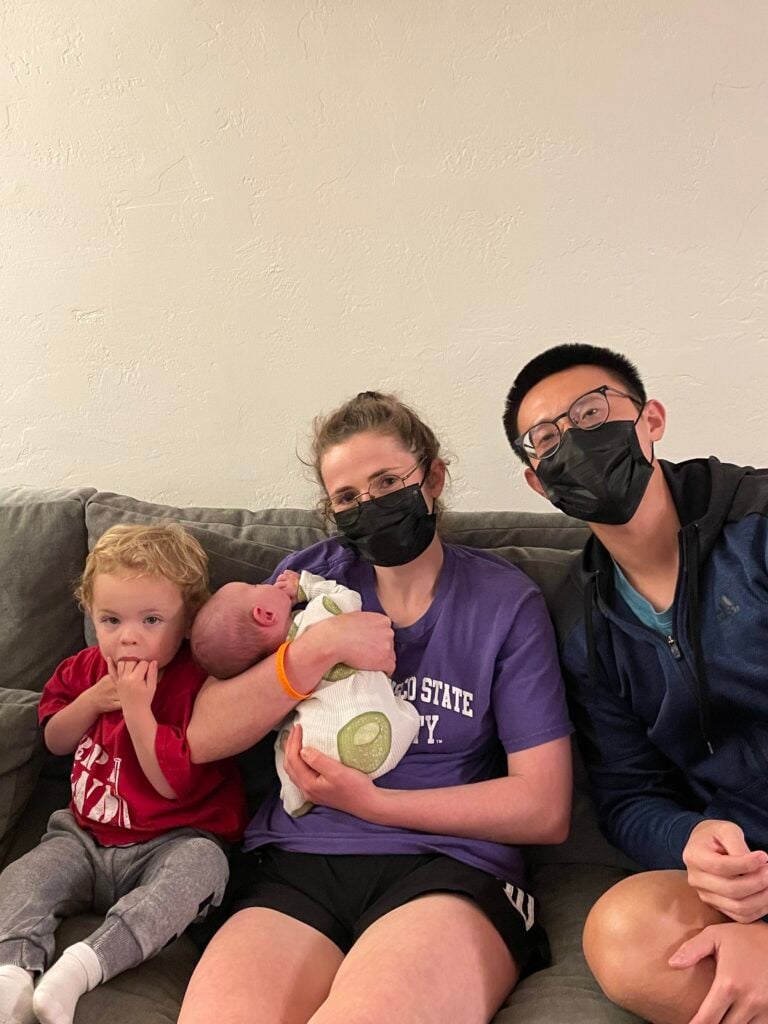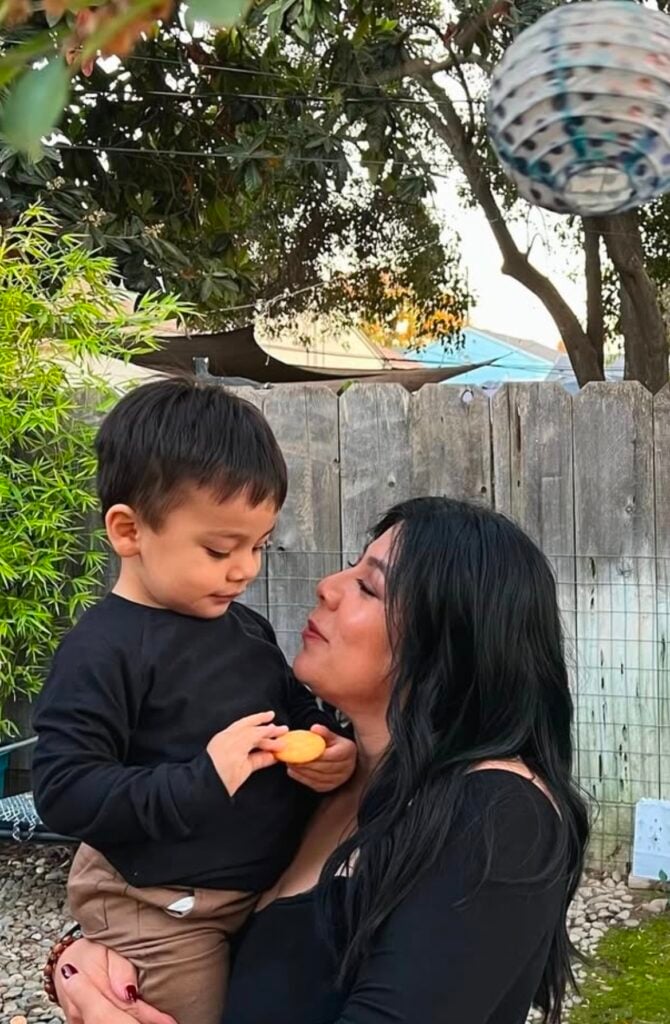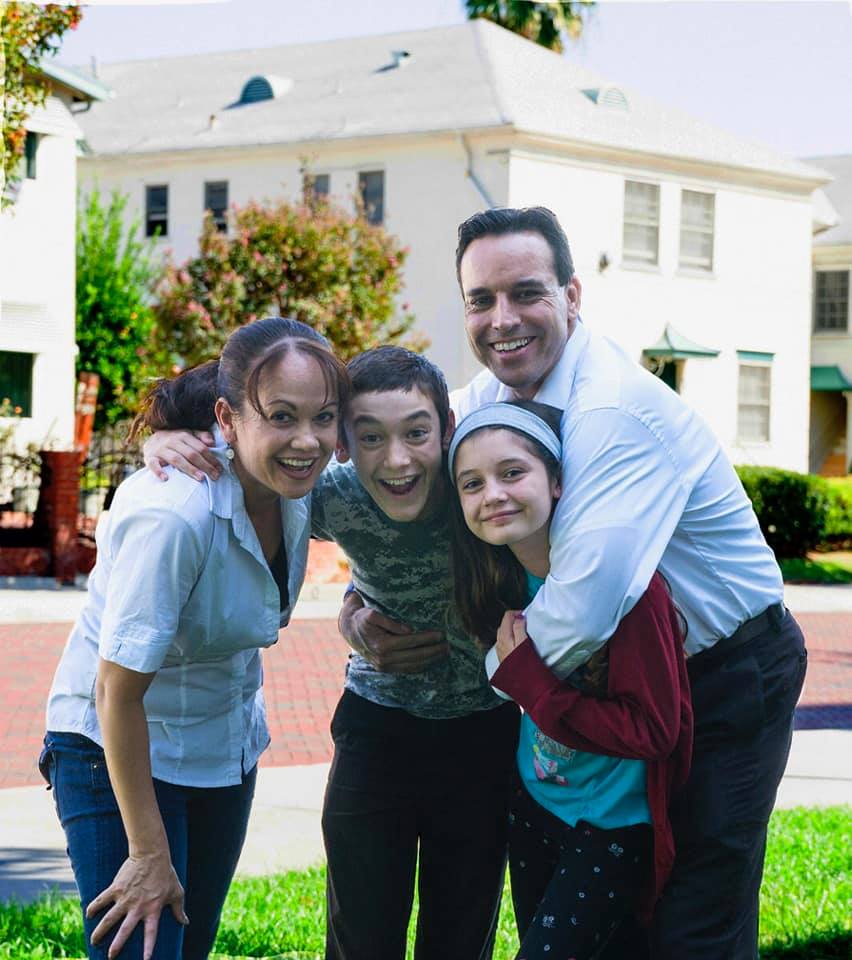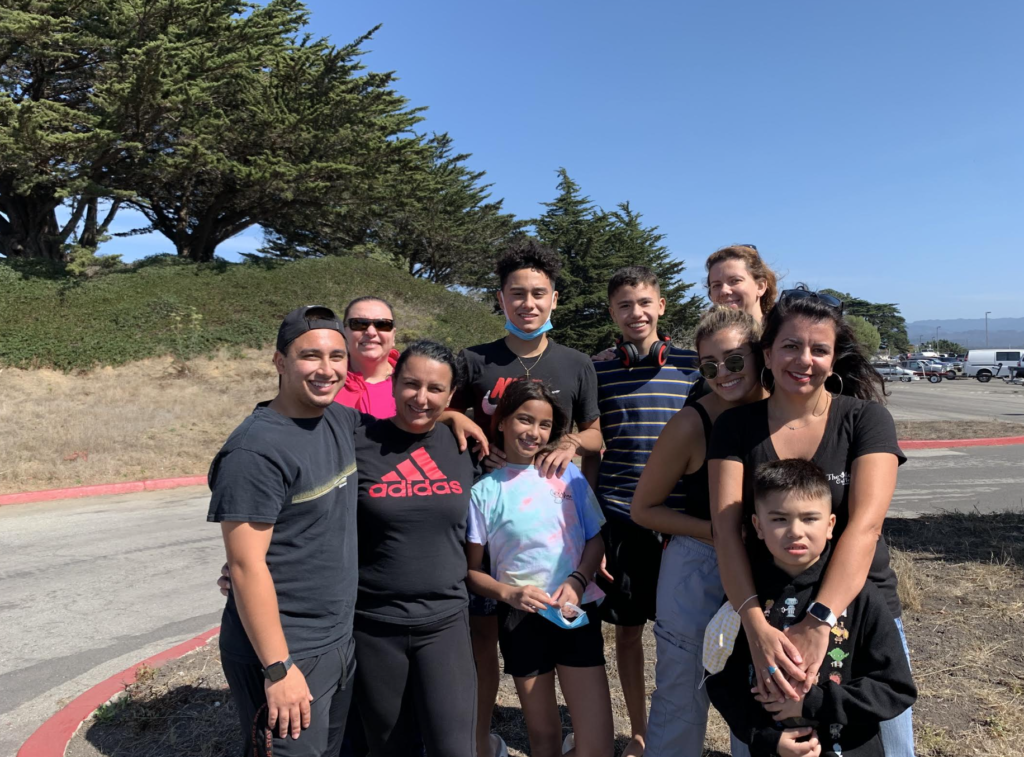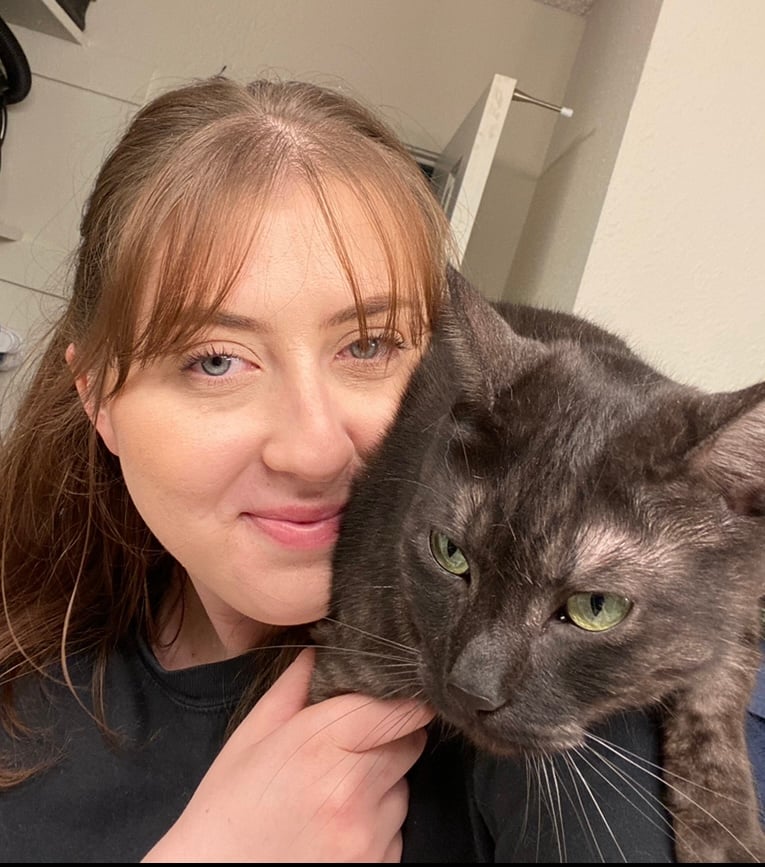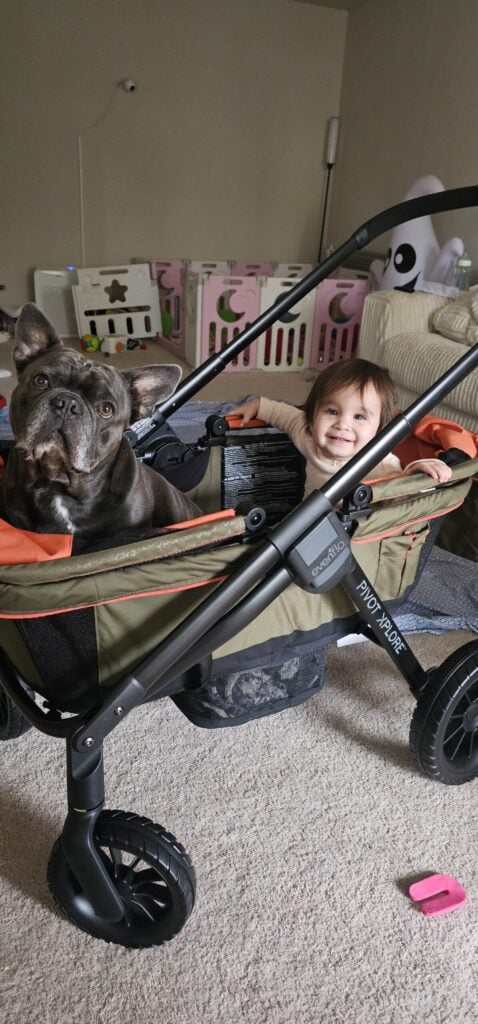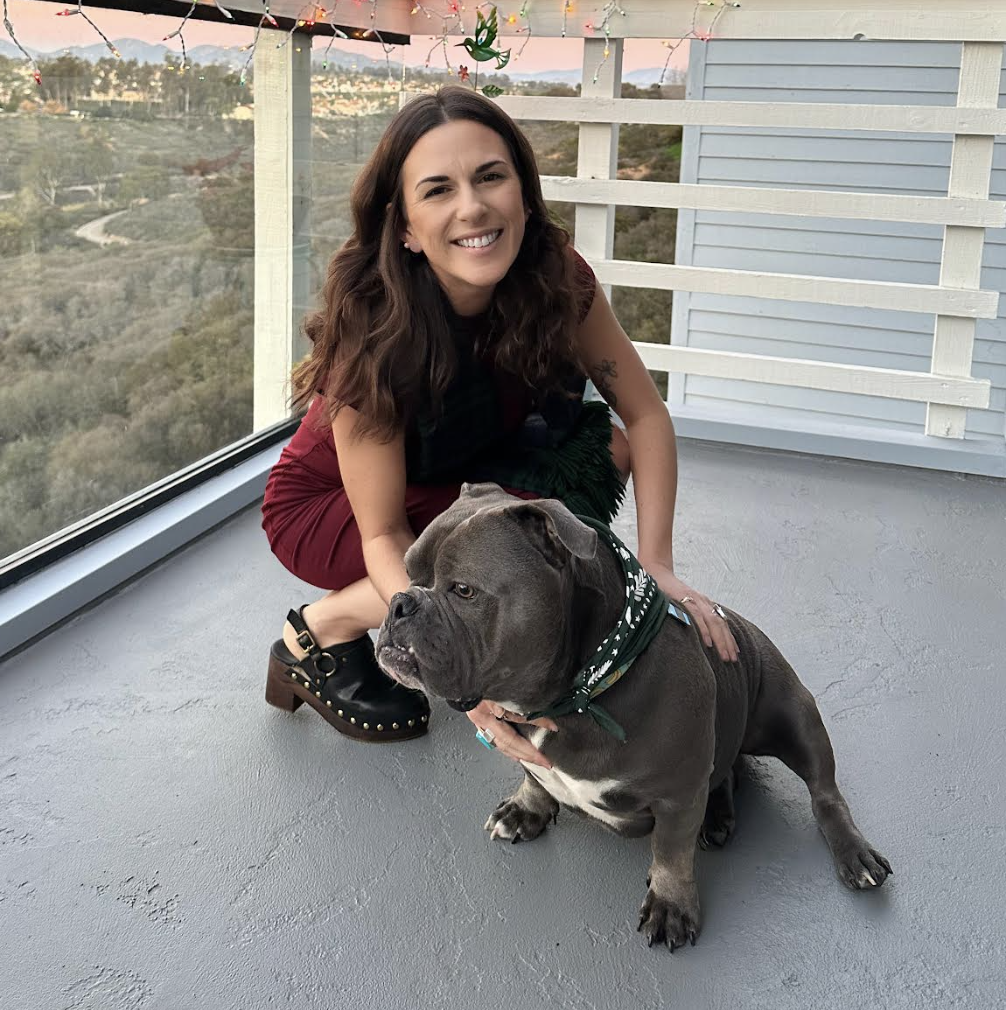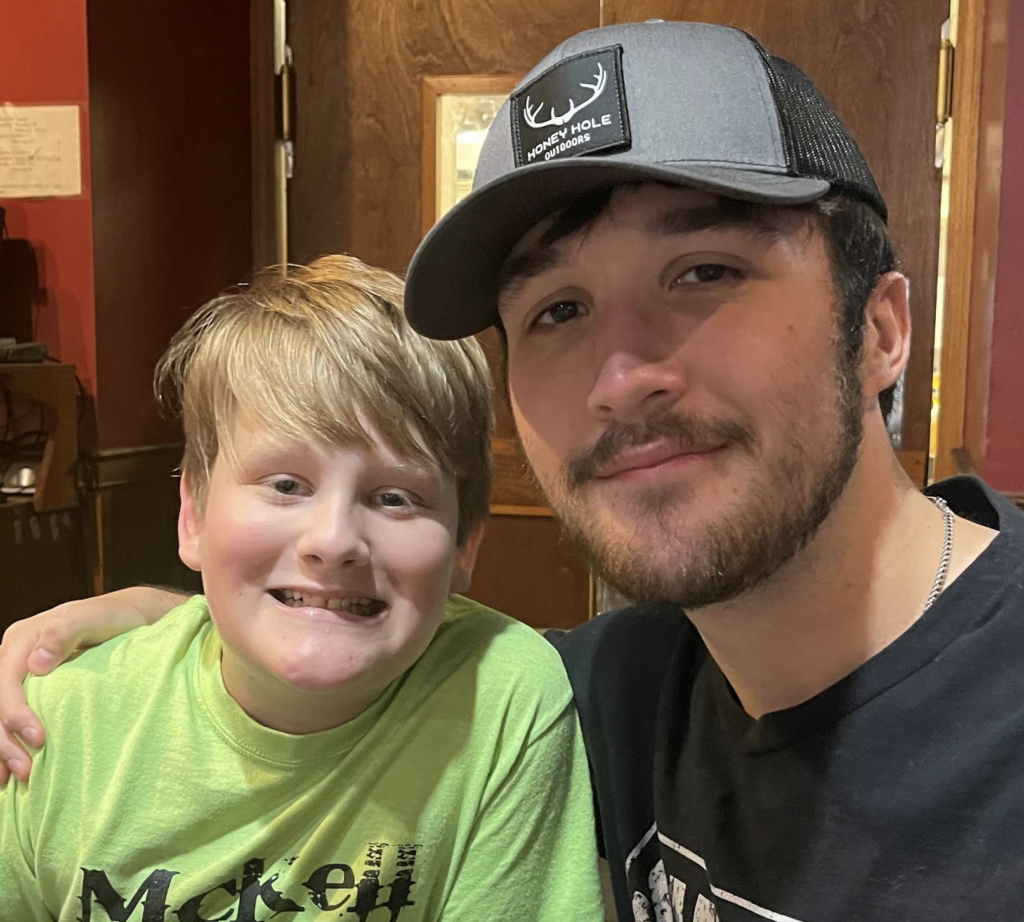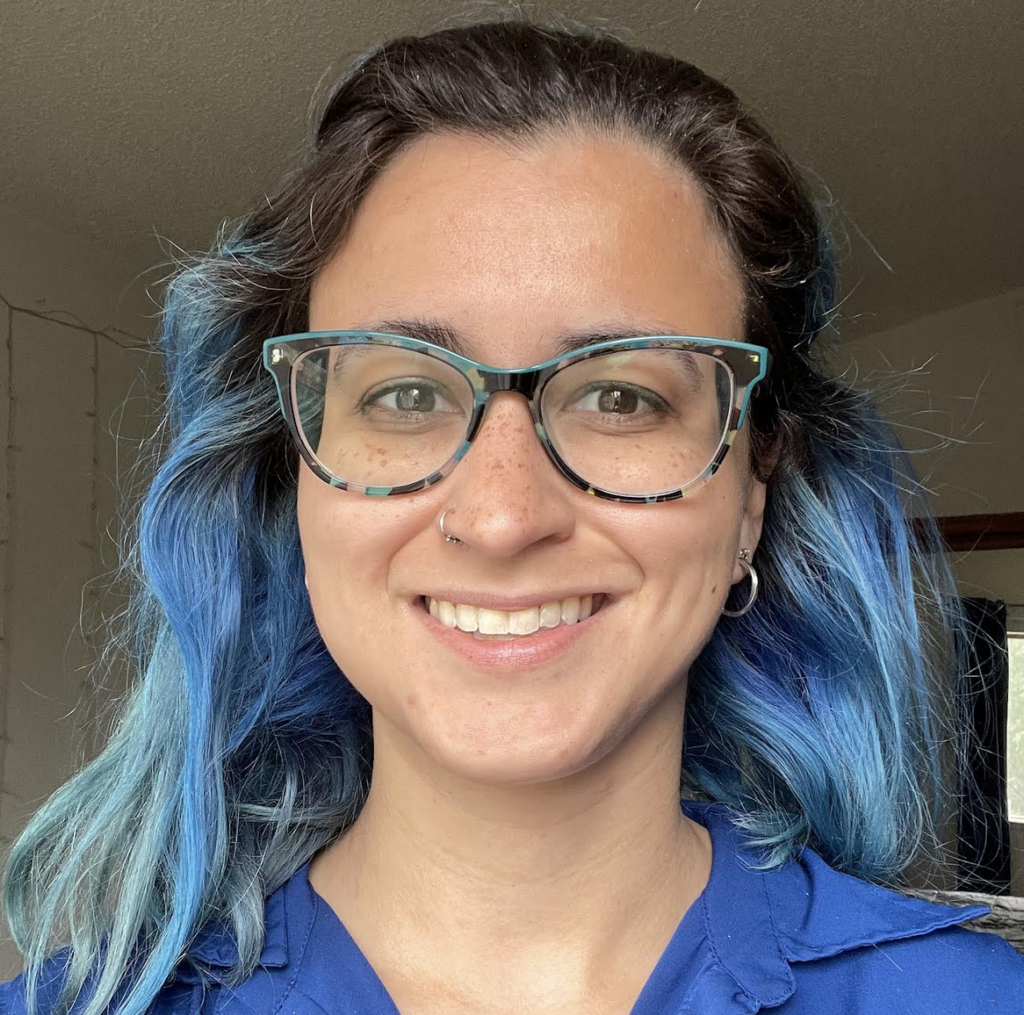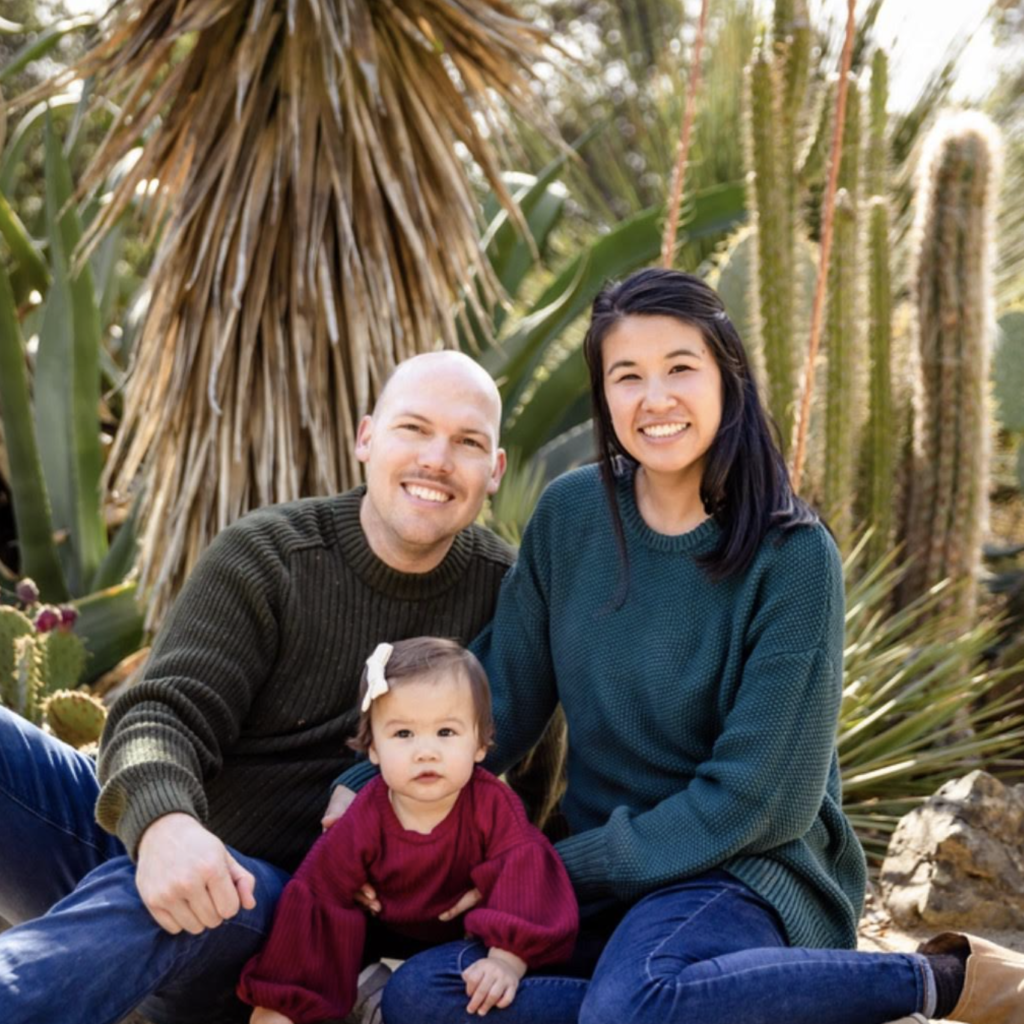
Have you noticed that your baby keeps their head tilted to one side, or always looks in the same direction during play or nursing? This could be a sign of torticollis, a common condition that affects the muscles in a baby’s neck. The good news is that pediatric physical therapy offers gentle, effective ways to treat torticollis so your baby can strengthen their neck muscles and go on to hit all of their developmental milestones.
What Is Torticollis?
Torticollis is a condition where your baby’s neck muscles are tighter or shorter on one side, causing their head to tilt or turn more in one direction. It can begin before birth because of the baby’s position in the womb, or develop later if a baby spends a lot of time in the same position in a car seat, swing, or carrier.
When a baby prefers looking or tilting one way, it can affect more than just head position. Over time, torticollis may:
- Make it harder for your baby to turn their head both ways
- Affect the shape of the skull or face if pressure is always on one side
- Cause fussiness during feeding if it’s uncomfortable to nurse on one side
- Affect rolling over, sitting, and other milestones if untreated
Early Signs of Torticollis
Every baby is different, but some common signs of torticollis include:
- Tilting the head to the same side most of the time
- Having difficulty turning the head both ways
- Developing a flat spot on one side of the head
- Preferring to nurse or look to one side
- Becoming fussy when asked to turn the head in the other direction
Noticing one or more of these signs doesn’t always mean torticollis, but it’s a good reason to consult a pediatric physical therapist.
How Torticollis Is Diagnosed
Pediatricians are usually the first to spot torticollis during a routine well-baby visit. If they notice that the muscles on one side of your baby’s neck feel tighter than the other, they will often refer you to a pediatric physical therapist for a more detailed evaluation.
During this evaluation, the pediatric therapist will look at your baby’s neck flexibility, head shape, and how they move during play. If therapy is recommended, treatment often begins right away. The earlier torticollis is addressed, the easier it is to improve head turning, reduce flat spots, and support rolling over, sitting, and other motor milestones. With early intervention, many babies make steady progress within just a few months.
How Pediatric Therapy Helps Torticollis
A pediatric therapist will work closely with you and your baby to create a customized treatment plan. Therapy may include:
- Gentle neck stretches to improve flexibility and reduce tightness
- Feeding, play, and sleep positions that encourage your baby to look both directions
- Fun, interactive tummy time activities to strengthen neck, back, and shoulder muscles
- Play-based exercises like rolling, reaching, and tracking objects to promote symmetrical movement
- Tips for carrying or holding your baby in ways that support balanced muscle development
- Ongoing monitoring of your baby’s head shape and milestone progress
With consistent therapy sessions and practice at home, most babies make steady progress, gaining strength and range of motion in their necks.
Reach Out Today
If your baby has been diagnosed with torticollis, the sooner your baby is treated, the quicker they will make progress. Reach out to Joy and Laughter Developmental Therapy to make an appointment with a pediatric physical therapist, or complete our free online screening tool: https://jldtherapy.developmentchecklist.com/.

